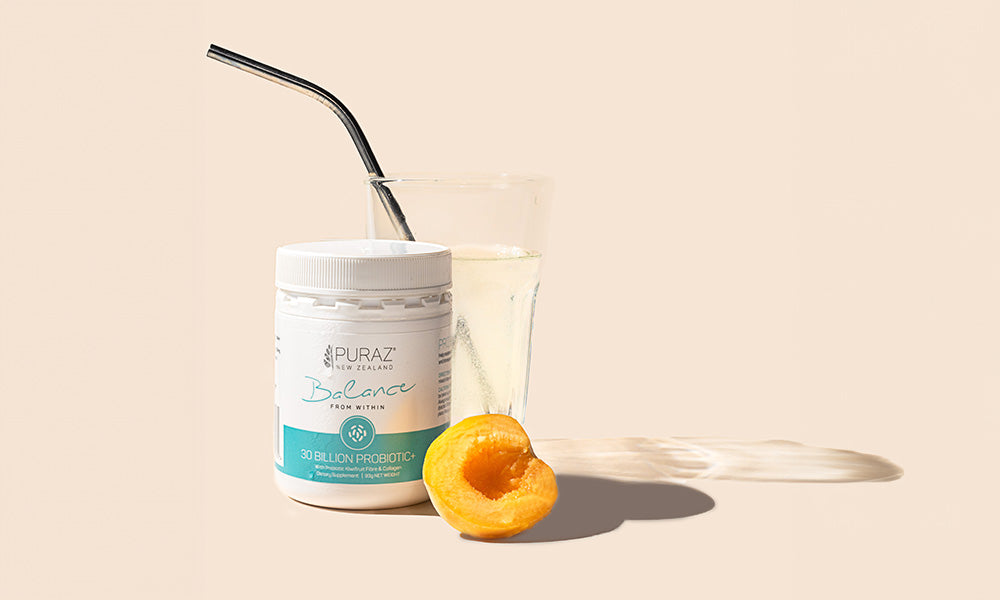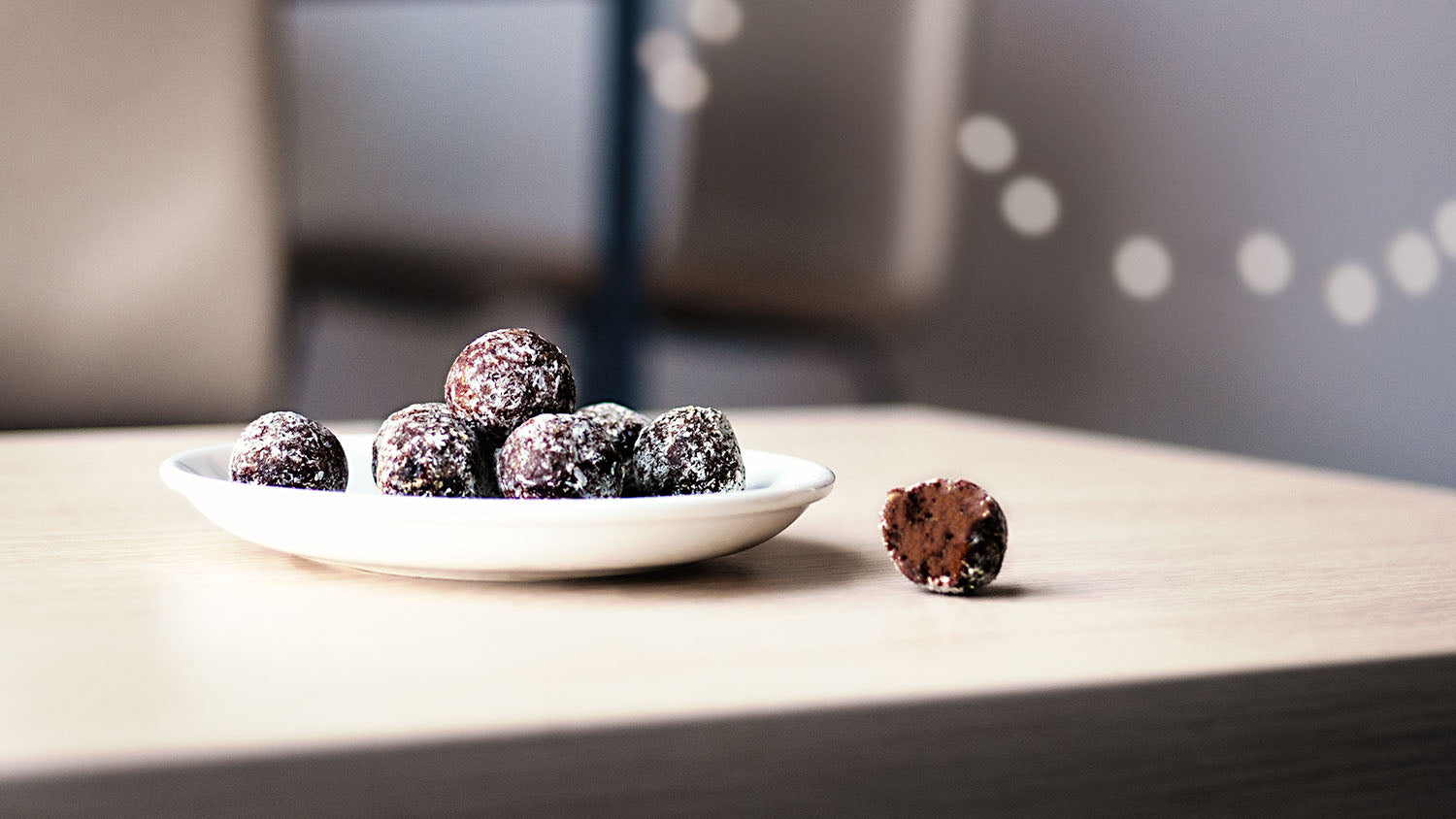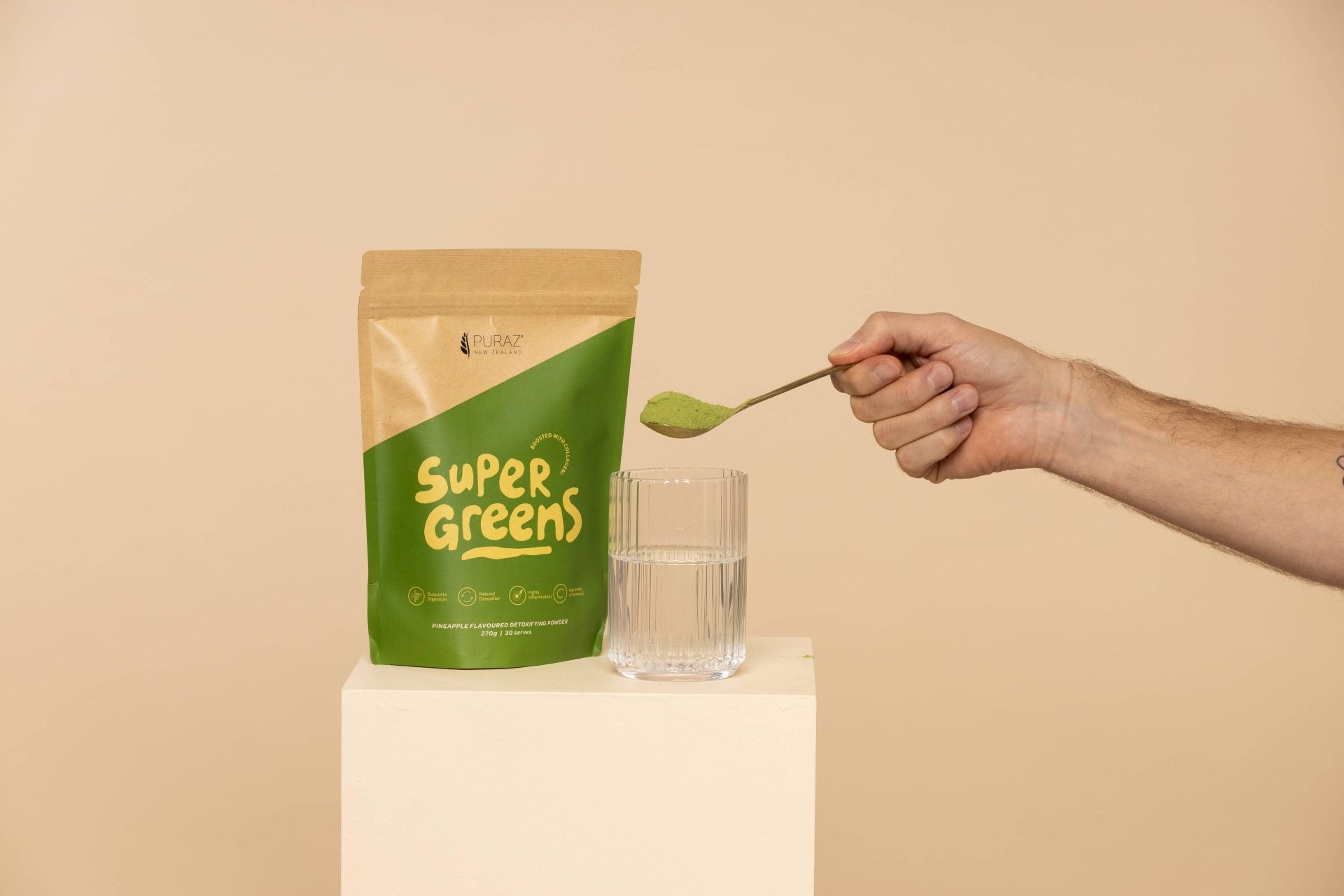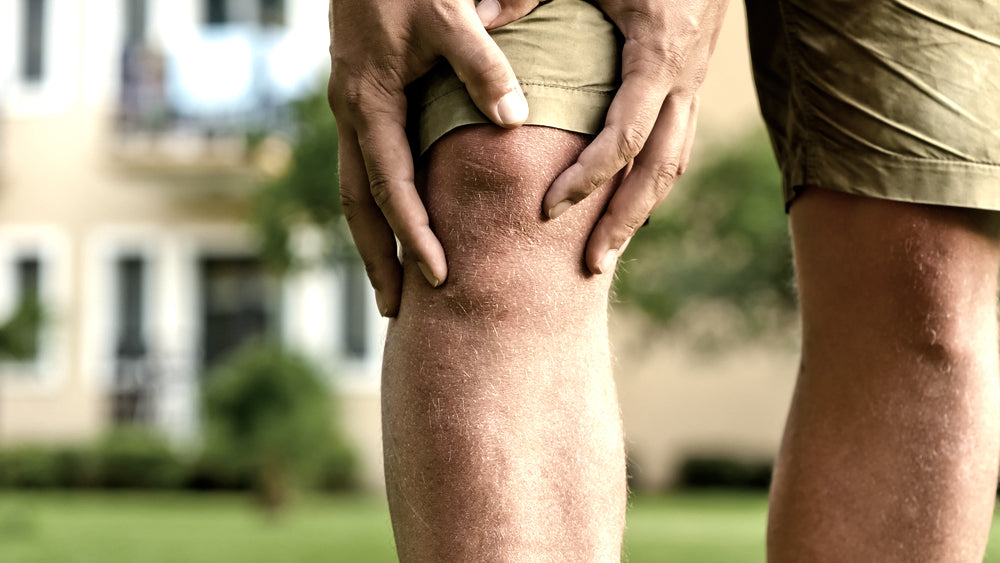Sustaining optimal joint health and alleviating discomfort.
How many joints do you think there are in the human body? We’ll tell you later, but let’s be honest, when did you last spare a thought for any of them? They faithfully do their job every day, but if you’re like most of us, the only time you think about them is when something starts to hurt. Let's talk about 'maintaining healthy joints and easing discomfort'.
Joint pain is no joke, so today we have some guidance on how to maintain the joints that work and things that may help improve the ones that aren’t at their best right now.
Mobilisation
Mobilising your joints gently through their full range of motion daily is an excellent idea. Just taking five minutes before bed to move all your joints, starting from your toes and working upwards, can help maintain mobility as well as move fresh nutrients into the joint and flush out toxins. It also helps you relax for a better sleep!
The Right Type of Exercise
Exercise shouldn’t hurt! Listen to your body and exercise to a level that is challenging but still comfortable.
Load-bearing exercise such as walking, running and resistance training is essential for keeping healthy joints strong. The cartilage compression that occurs with load-bearing, helps joints build strong, thick cartilage and increases bone density.
Low Impact exercise such as swimming, tai-chi and seated movement classes are useful for maintaining function and rehabilitating joints that are already sore. If you’re stuck for a class, local councils often have information about gentle exercise sessions for older adults.
Anti-inflammatory Diet
Maintaining healthy joints and easing discomfort can be achieved by keeping systemic inflammation low. This not only helps prevent joint disorders but can reduce joint pain and slow the progression of joint disease. The most well-tested diet for calming the fires of inflammation is the Mediterranean eating pattern which is high in vegetables, fruit, healthy fats, plant compounds and fibre while being low in processed foods and added sugars. Eating this way supplies bone-nurturing nutrients such as calcium, vitamin D, vitamin K2 and omega-3 fatty acids.
Eat frequently:
- Fruits, vegetables, whole grains, nuts, seeds and legumes. Brightly coloured berries and dark green and orange vegetables are especially high in anti-inflammatory phytochemicals.
- Fatty fish: salmon, sardines
- Olive oil and avocado
- Fermented foods including dairy (yogurt, kefir) and fermented plant foods such as sauerkraut.
Eat moderately (once or twice a week):
- Meat, non-fermented dairy, eggs
- Red wine
Eat rarely or avoid:
- Highly processed foods, including processed meats
- White sugar
- Refined oils that may be rancid and deep fried foods
Targeted Supplementation
Maintaining healthy joints and improving the painful ones can seem daunting, but here’s how we can really help you!
Key supplements Hydrolysed collagen and hyaluronic acid paired together are incredible for increasing comfort in those 360 joints you have, but buyer beware! When sourcing a collagen supplement for joint health, do yourself a favour and check the dosage. You need 10 grams a day to really experience the benefit, so this is what we put in PRO-D joint formula. Don’t waste your money on a low dose supplement.
PRO-D also contains the right amount of hyaluronic acid for joint lubrication and vitamins and minerals that are crucial to bone and joint health but are deficient New Zealand soils.
You can read more about Pro-d here, and perhaps sign yourself up for a jar while meal planning a delicious week of La Dolce Vita eating.








